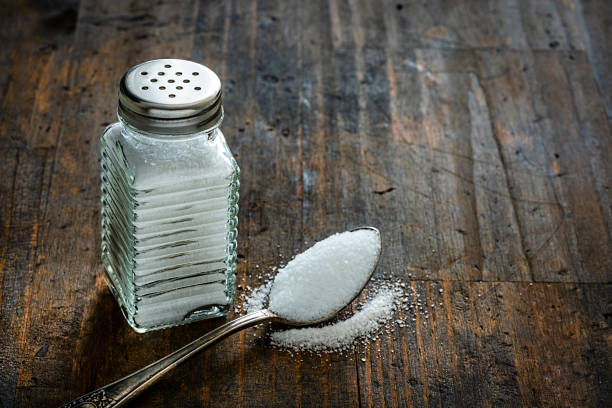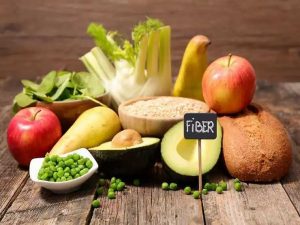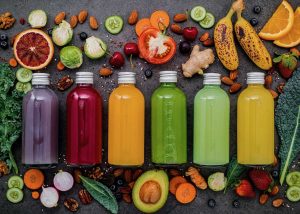When food tastes quite bland, a sprinkling of table salt usually does the trick. Instantly, it perks up the flavor of the dish. But salt is not just for seasoning. It is also essential to maintaining good health. The human body needs a good balance of salt and water for metabolism. This careful balance between salt and water regulates the electrolytes inside and outside of the body’s cells.
Salt is a chemical compound that combines sodium and chloride. It also maintains the correct volume of circulating blood and tissue fluids of the body. Our source of salt comes from food and water, while our body loses salt through urine, perspiration, vomiting and diarrhea. Loss of body salt may cause the level of fluid in the blood to drop. Losing too much salt in the body can lead to muscle cramps, nausea, dizziness, and vomiting. Eventually lack of salt can lead to shock, coma, and death.
While sodium deficiency can be problematic, excessive salt intakes have been associated with diseases and other conditions, such as hypertension and stomach cancer. Studies revealed that Americans eat nearly two teaspoons of salt daily, considered to be more than double the amount they need for good health. The culprit is not the table salt-shaker. Neither is the cook. Most of the sodium is hidden inside common processed foods like stuffing mix, gravy, and all those ingredients for your holiday goodies.
Public health specialists filed a petition with the U.S. Food and Drug Administration (FDA) as part of their clamor for government intervention to require food manufacturers to cut down on sodium content in the products they bring to the market. Their campaign is part of their fight heart disease. The Center for Science in the Public Interest (CSPI), a consumer advocacy group, and food makers held an unprecedented, closed-door meeting on how to reduce sodium.
The American Medical Association (AMA) says that reducing sodium content in processed and restaurant foods by fifty percent within 10 years could wind up saving 150,000 lives annually. However, food manufacturers argue that it would take a tremendous investment on the part of the government and the industry to come up with sodium alternatives that works well with food. On the other hand, studies show that people who get used to eating less salt even in just a few months usually find their old foods too salty.
High blood pressure is experienced by at least one in three U.S. adults and almost 1 billion people worldwide. On the other hand, hypertension is a leading cause of heart attacks, strokes and kidney failure. Aside from obesity and inactivity, too much salt also raises blood pressure. While the average American consumes between 3,300 and 4,000 milligrams of sodium a day, the recommended daily requirement set by the government is 2,300 mg a day as the safe upper limit. But the Institute of Medicine says that 1,500 mg a day, a little less for older adults, is enough to regulate the body’s fluid balance.
While some sodium can be good for us, we also have to watch out for foods we don’t cook from scratch. Sodium is often added in packaged and prepared foods, such as canned soups, lunch meats and frozen dinners — either as salt or other common forms of sodium such as baking soda. Overall, more than 70% of the sodium we eat comes from processed and restaurant foods.
Foods such as:
- Canned soups
- Stews
- Barbecue sauce
- Soy or Worcestershire sauce
- Pasta sauce
- Gravies
- Deli Meats
- Cheese
- Sodas
- Cereals
- Breads
- Frozen meals such as pizza, fries etc.
If you do eat processed food, be sure to read the label and check for sodium content. As a general guide: 5% DV or less of sodium per serving is considered low, and 20% DV or more of sodium per serving is considered high
Checking labels is the only way to know how much sodium is in your food. If you buy packaged or processed foods, choose foods that are labeled sodium-free or very low sodium.







Be First to Comment